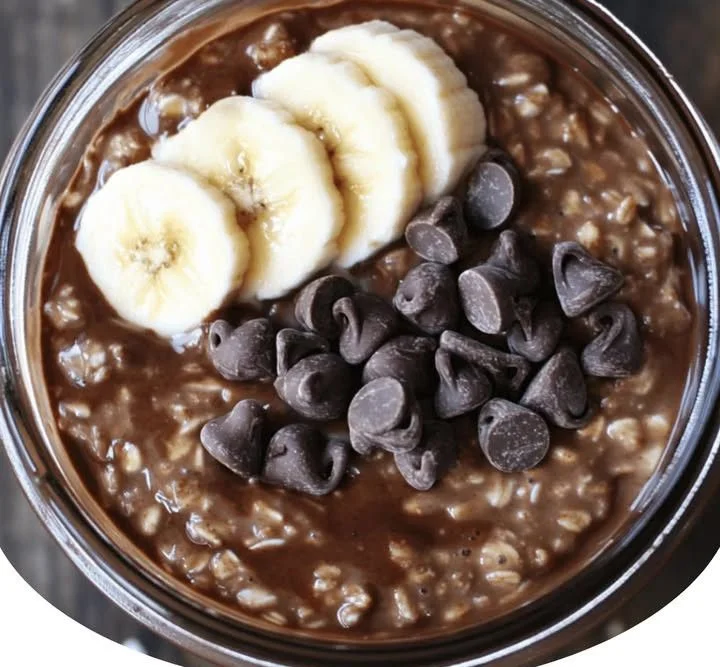Quick Yogurt Cake
Quick Yogurt Cake is an easy and delicious dessert that anyone can make. With simple ingredients and straightforward steps, you can whip up this cake in no time. Why make this recipe Quick Yogurt Cake is perfect for any occasion. It’s moist, fluffy, and has a light flavor that everyone enjoys. Plus, you probably already … Read more










